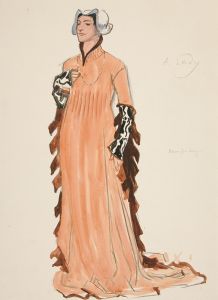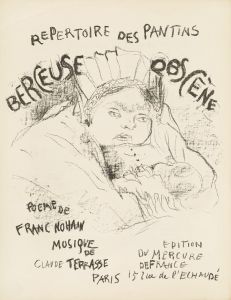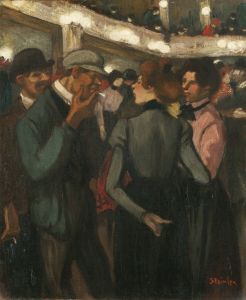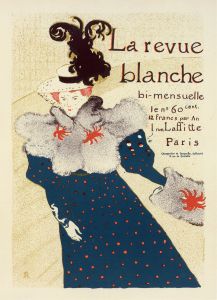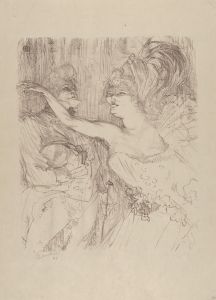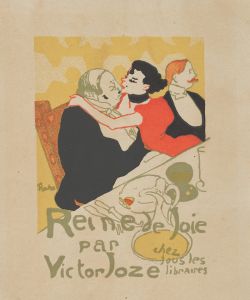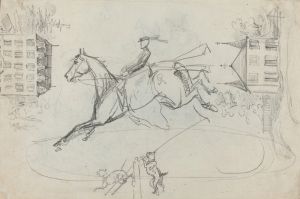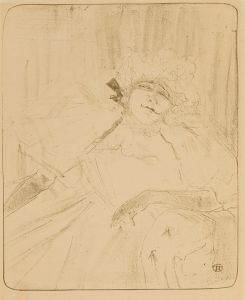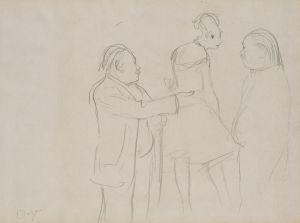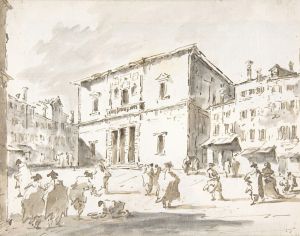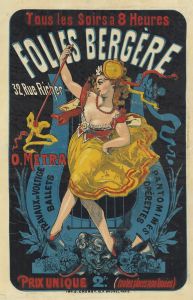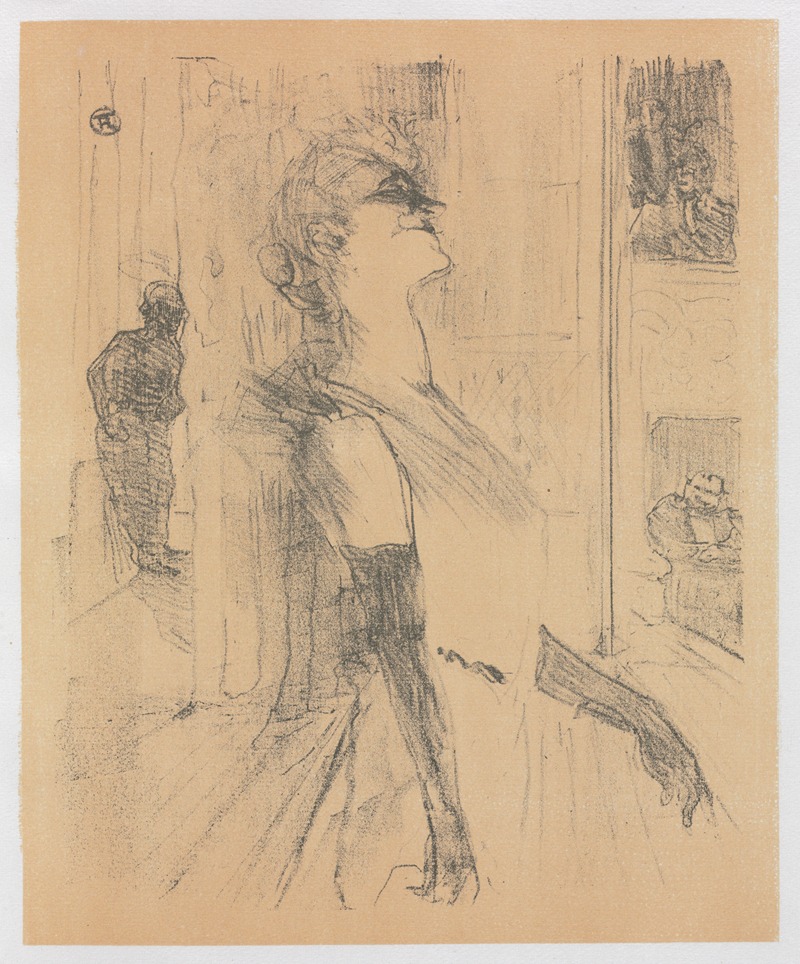
Sur la scene
A hand-painted replica of Henri de Toulouse-Lautrec’s masterpiece Sur la scene, meticulously crafted by professional artists to capture the true essence of the original. Each piece is created with museum-quality canvas and rare mineral pigments, carefully painted by experienced artists with delicate brushstrokes and rich, layered colors to perfectly recreate the texture of the original artwork. Unlike machine-printed reproductions, this hand-painted version brings the painting to life, infused with the artist’s emotions and skill in every stroke. Whether for personal collection or home decoration, it instantly elevates the artistic atmosphere of any space.
Henri de Toulouse-Lautrec was a prominent French painter, printmaker, and illustrator known for his depictions of Parisian nightlife in the late 19th century. One of his works, "Sur la scène" (On the Stage), captures the vibrant and dynamic atmosphere of the theatrical world, a recurring theme in Toulouse-Lautrec's oeuvre. Although specific details about this particular painting are limited, it is consistent with his broader body of work that often focused on the performers and patrons of the cabarets, theaters, and dance halls of Paris.
Toulouse-Lautrec was born in 1864 in Albi, France, into an aristocratic family. Despite his noble lineage, he became an integral part of the bohemian culture in Montmartre, a district in Paris known for its artistic community. His physical disabilities, resulting from a genetic disorder and accidents in his youth, may have influenced his perspective and empathy towards the marginalized figures he frequently portrayed.
His artistic style is characterized by its bold use of color, expressive lines, and keen observation of human behavior. Toulouse-Lautrec was heavily influenced by the Impressionists, as well as by Japanese woodblock prints, which were popular in Europe at the time. These influences are evident in his use of flat areas of color and unusual perspectives.
"Sur la scène" likely depicts a scene from one of the many theaters or cabarets that Toulouse-Lautrec frequented. His works often featured well-known performers of the time, such as Jane Avril and Yvette Guilbert, capturing their unique personalities and the essence of their performances. Toulouse-Lautrec had a remarkable ability to convey the energy and movement of the stage, as well as the emotions of the performers, through his distinctive style.
The painting would have been created during a period when Toulouse-Lautrec was deeply immersed in the Parisian entertainment scene. He was a regular at venues like the Moulin Rouge, where he was commissioned to create promotional posters. These posters, with their innovative designs and striking imagery, helped to establish his reputation as a leading artist of his time.
Toulouse-Lautrec's work provides valuable insights into the cultural and social dynamics of late 19th-century Paris. His depictions of the theater and its performers highlight the interplay between art and entertainment, as well as the complex relationships between artists, performers, and their audiences. Through his art, Toulouse-Lautrec documented a vibrant and transformative period in the history of modern art.
While specific information about "Sur la scène" is limited, it can be appreciated within the broader context of Toulouse-Lautrec's artistic achievements. His work continues to be celebrated for its originality, technical skill, and ability to capture the spirit of an era. Toulouse-Lautrec's legacy endures, influencing generations of artists and offering a window into the world of Paris at the turn of the century.





